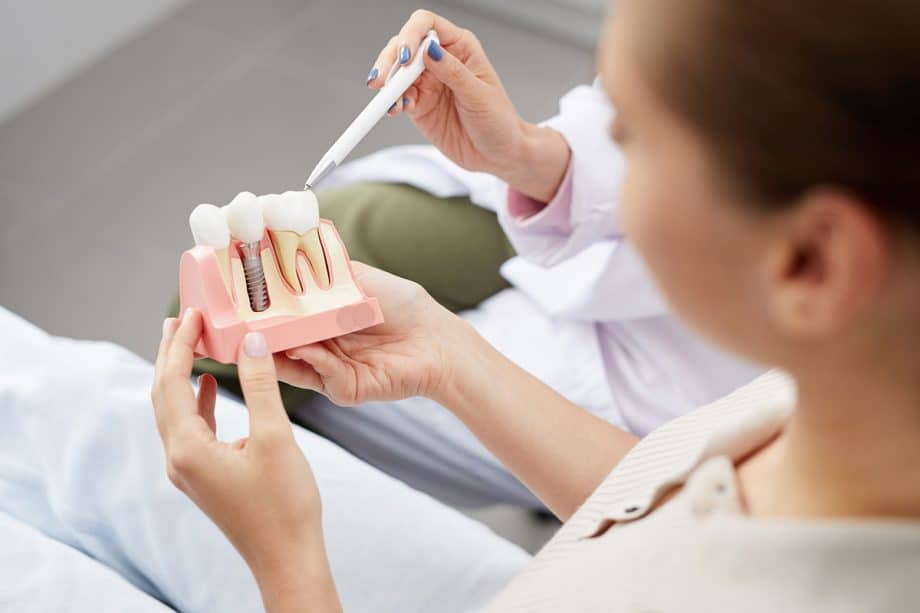Dental crowns are used for a variety of restorative and cosmetic reasons. They are caps that become permanently seated over damaged teeth or teeth where aesthetic enhancement is desired.
Used to protect teeth as well as cover and restore tooth shape, crowns don’t need any special care - just good, standard oral hygiene such as regular tooth brushing, flossing, and scheduled dental visits.
Crowns are often used to support dental bridges, which replace missing teeth, to stabilize cracked teeth, or to return the outer shape to worn teeth. They are attached to dental implants, and also used for restoration and long-term protection of teeth after a dental root canal treatment. In short: crowns are an important part of dentistry.
What Are Crowns Made Of?
Dental crowns are made from a variety of different materials. Resin, porcelain, porcelain fused to metal, gold, and even stainless steel may be used.
The type of material chosen for your crown by you and your dentist is often decided by tooth location, visibility, and how much of your natural tooth is still remaining. Also important to consider are the durability of a chosen material and its strength. The materials used also have differences in cost.
The most popular types of crown material are:
- Porcelain Crowns - they match tooth colour, are hand-crafted by a dental lab, attractive, natural looking, and long lasting.
- Porcelain Fused to Metal Crowns - also made from porcelain and matched to your tooth colour and appearance, beneath the porcelain is an underlying metal. This may create a thin, darker line at the base of the crown. These crowns are used less frequently today.
- Gold Alloy Crowns - durable gold crowns are most often used when the strongest material is required.
- Metal Crowns - Strong and resistant to corrosion, these may be used when there is less tooth structure existing to support a crown. They are primarily used for back teeth, and rarely chip or break, making them highly capable of withstanding the force of chewing and biting.
Different Types of Crowns
Along with traditional, full dental crowns that cover your entire tooth, there are also onlays and 3/4 crowns. These types of crowns do not cover as much of an existing tooth. Used when you still are maintaining a solid underlying tooth structure, this is a more conservative approach to the use of a crown. Your dentist will only need to remove or modify the affected area of your tooth, re-shaping it so that the onlay or ¾ crown can be placed.
How a Full Crown is Placed
A full crown usually takes two visits to place.
Before crown treatment is initiated, the tooth that needs a crown will be examined, x-rays taken, and if a root canal treatment is needed, that procedure will be performed prior to crown placement.
During the first visit, the tooth receiving the crown is filed down to make space to fit the crown. After re-shaping, an impression of the tooth is made and sent to a dental laboratory. The laboratory makes the crowns and returns them to your dentist’s office. In the meantime, your dental team will fit you with a temporary crown to cover and protect the treated tooth.
During the second visit, the permanent crown is placed, fitted, and checked for suitability and your approval. Provided it meets expectations, then it is permanently cemented.
Ready to Learn More About Dental Crowns?
If you’re considering a crown, at Gardiners Dental Clinic, we’re here to help. Our experienced dental team is skilled in cosmetic and restorative dentistry including the use of crowns.
So, if you’re ready to learn more or schedule a visit, reach out to us today, to make sure your smile looks great and stays healthy.
